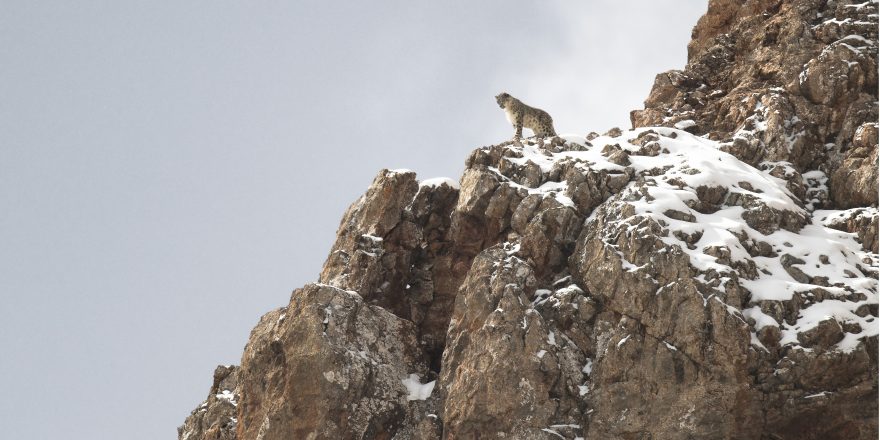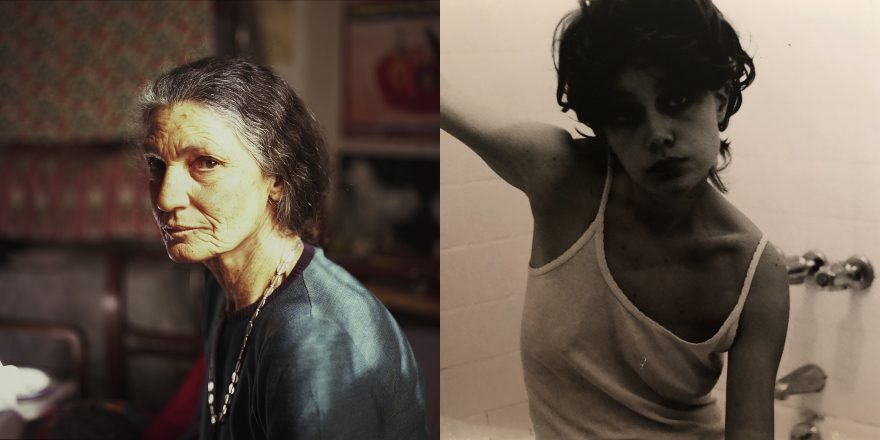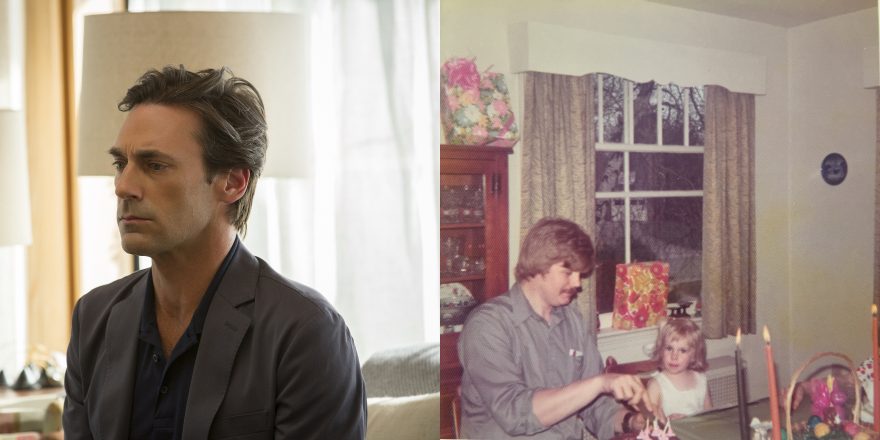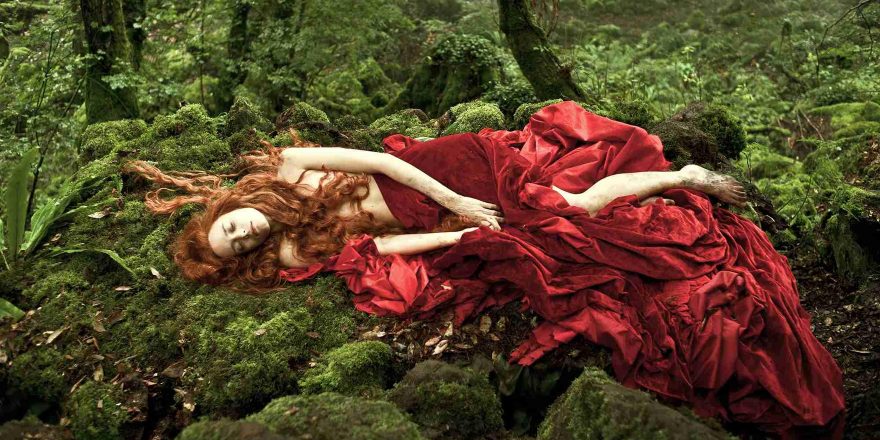These days, trying to find enough patience is as hard as finding a snow leopard in a mountain.
I set up my computer on the kitchen table and start The Velvet Queen. It’s a documentary about two men: Vincent Munier, a wildlife photographer, and Sylvain Tesson, a travelling companion and the commentator of this quest. They are searching the Tibetan countryside for the snow leopard, also known as the “ghost of the mountains,” a cat that’s difficult to track and almost impossible to see.
As I watch them raise their binoculars, I am distracted by something that stirs in my foreground, my landscape, my habitat since the beginning of motherhood – movement in the kitchen. I stay still. I’m camouflaged by pale skin and faded fabrics. I blend in with the white cabinets. I watch a tall Caucasian juvenile bop toward the refrigerator. He pulls it open and freezes in the light. He taps the metal door with untrimmed fingernails. He’s singing, “Yeah, yeah, yeah, go, go, oh…” His ears are plugged with cords that extend downward to a phone in his pocket. These are his antennae. They tune into the youthful voices that reign over an internet kingdom. He’s about 17 years of age and still relies on his mother to put food on the table. He stares at the innards of the refrigerator.
He howls, “There’s nothing to eat in this house!”
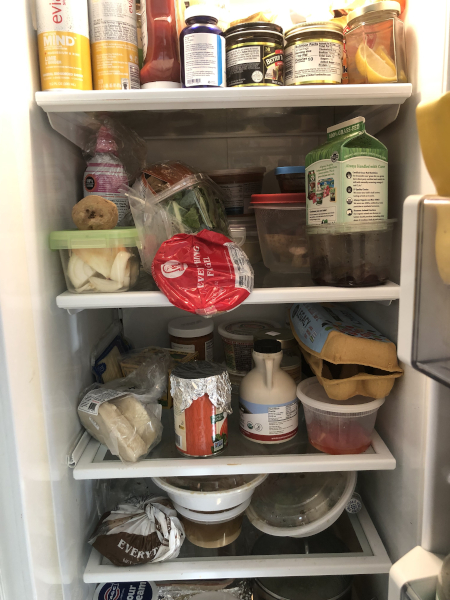
He corners a bagel with clumsy fingers, attacks it with a knife, stuffs it in the toaster, all the while singing a song that doesn’t seem to have words. “Shheeeesh” is a sound he makes. He’s loud, his laugh bouncing against the ceiling, walls and floor as he watches a funny video on his phone. He waits for the toasted bagel to eject itself. He’s not afraid of other humans. He’s unaware they are in the vicinity. If he doesn’t find food, he could bite.
I continue watching the documentary. I hear adolescent noises from his corner of the room. His lips loudly vibrate as he slurps his hot tea. He can’t hear how loud he is because his ears are drowning in the sounds of TikTok and YouTube.
He crashes his cup down on the counter. His neck bends over his phone. He licks sugary tea from his lips, smacks them together, and exhales with a long, satisfied breath.
“You’re not alone here!” I yell at him. I move to another room, carrying the mountains of Tibet with me. Where’s my patience? The din of domestic life has gotten more intense these past couple years. Schools ricochet from winter break, to remote learning, to in school to out of school. Homelife has gotten very crowded. Teenagers try to envision a path to their future, but the future is blocked by closed roads. Colds and Covid. Soup and thermometers. Anxiety spreading faster than Omicron. Home demands help. I’ll cook the juvenile something after I get my oxygen. After I find a snow leopard.
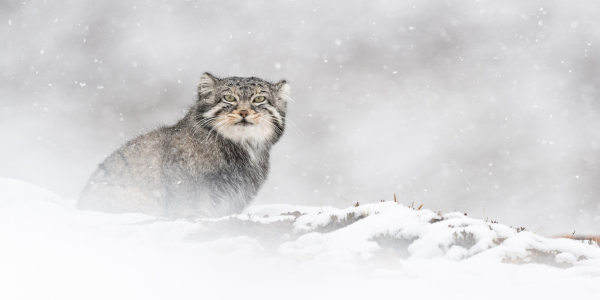
I settle on a couch in a quiet room. I start my player again. The Velvet Queen directed by Marie Amiguet. What an escape! … For an hour and a half, I’m taken to the other side of the world. I enter a canyon and roam over sunny hills, and for a small part of the afternoon, I am in a simplified world. A handful of nomads. Limited choices. No numbers for time, just the coming and going of Day, then Night. No clutter. No construction. No traffic or pollution. Caves for solace and contemplation. No competitive ladder, just rocks for climbing. I see a portrait of the Earth, raw and complete. I want to rub my back against a boulder!
Two men bundled up in winter gear look into the crevices and canyons of the mountains. They stare at the horizon. In their pursuit of the snow leopard, they arm themselves with instruments not for killing, but for seeing. The human eye can barely discern what’s in front of it, let alone what stands on four legs on the horizon.
“What was my comrade looking for? Rummaging among the rocks with his binoculars. So not everything was created for the human eye?” – Sylvan Tesson
Sylvain and Vincent inch forward on their bellies through a bumpy field. Camouflaged by earth tones, in forest fashion, they wait for movement in the foreground. Waiting for the stillness to move requires a practiced patience. Vincent will wait day and night, “keeping faith in his principle. Scorn pain, ignore time, and never doubt you’ll get what you desire.”
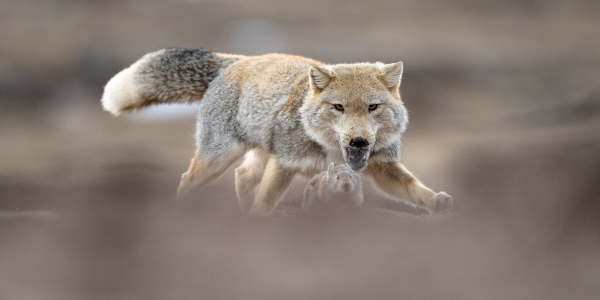
My son yells to me, “What’s for lunch?!” I reply from my cave, “You just ate breakfast!”
I can’t forget … this documentary is my oxygen. And after this, I will have patience.
Eventually, something changes in the landscape … a little hop here, a flutter there, breath from a beast infuses the cold morning air. One by one, the animals surprise the two men and break the illusion of nothingness. The wolves, the bharals, the antelopes turn their heads slightly and stare back at the camera with knowing looks. Like thieves staking out a house to rob, they had been watching Sylvan and Munier days ago. They studied their routines, their crawling, their breathing, their movement in the Tibetan stillness.
Sylvain mentions how he’s travelled through many landscapes without knowing all that inhabits them. He says, “We are so indifferent to the world around us.” The more I watch, the more I notice how Sylvain and Vincent are slowly integrating themselves into the picture. They are the silhouetted figures on the hilltop. The animals were watching them, and so now, we are too.
The animals are magicians. Camouflage is their most rehearsed trick; the beauty is in the reveal. It’s like sitting on a toilet, staring at the patterns of bathroom wall paper. You’re entranced by the repetition of images. Then, one image moves.
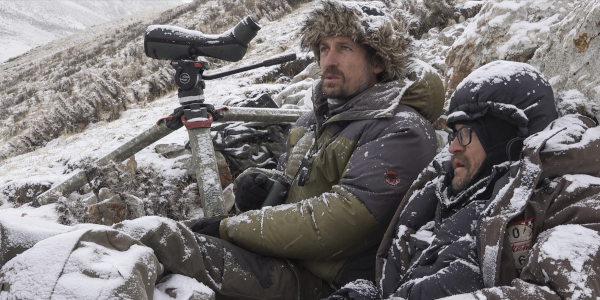
“Seeing a wild beast amounted to pressing your eye to a magic peephole. It was a view of a world that we could study, photograph, describe, understand perhaps, destroy certainly, but with which we were prohibited from communicating since destiny had expelled us from that golden age when beasts, humans and gods conducted common conversation.” – Sylvain Tesson
I take a break from the house and its responsibilities to walk across Brooklyn. I notice the extreme differences between the countryside of Tibet and the city I live in. I traverse the narrow sidewalks, navigating between metal gates on one side, and garbage curbside. Cardboard is everywhere. We’ve replaced trips to the store with shipping boxes to our homes. Cans and plastic reproduce like Brooklyn rats. Wine bottles. A lot of drinking going on. Will anything get recycled? I go into a grocery market and see a column of shelves packed with countless cans of tuna. How many tuna sandwiches (with pickles) did I have growing up? I think of Sylvan and Vincent in their untouched surroundings, walking an earth that never saw a shovel, an excavator, a concrete mixer; walking a hillside that never saw the remains of human gluttony and convenience. The only evidence of a sentient being on the Tibetan ground is a vanishing pawprint. Not a grocery store for miles. They are alone with the earth, in its original form, and, in its silence.
“What annoys me is we’re so not animals anymore. There’s a disconnect. We’re nature’s numbskulls. … All our senses have fallen into disuse.” – Vincent Munier
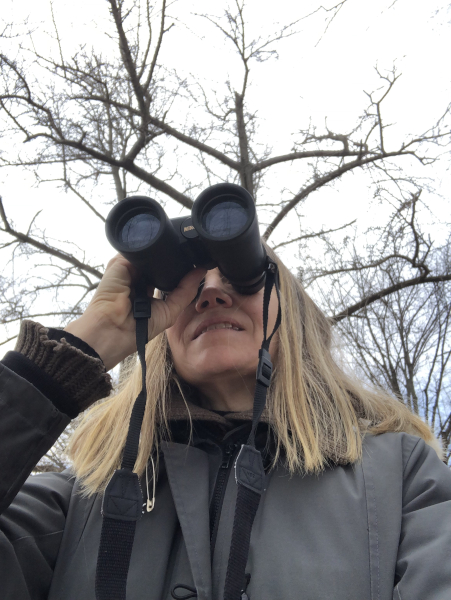
I walk among the people of Brooklyn. There are 2.6 million of them (not all walking at once). Droves of people in motion become their own landscape. In the city, we don’t wait for movement, we wait for stillness. Like the Tibetan animals integrated with the rocks, humans integrated with each other become unseen. A woman stops in the middle of the sidewalk. She asks a man for money. He stops. Reaches into his pocket. She needs to be seen. Stillness, for a brief connection.
Sylvain and Vincent rove the land, watching as the animals present themselves. The Tibetan antelope runs fast and kicks up dust. The two men rejoice in the sound of freedom under those hooves. Freedom, just because. Freedom in running across the earth. On my way home, I watch a teenager run out of his building and down my block. His mother sticks her head out the window, yelling, “Junior!” He kicks up dog droppings and broken glass as he books down the sidewalk in bare feet and pajamas.
Could patience get us through this pandemic? We’ve almost made it through two years already. Hadn’t we been practicing patience all this time? If we can recognize when we need patience, then maybe all we have to do is put up our binoculars and we will find it.
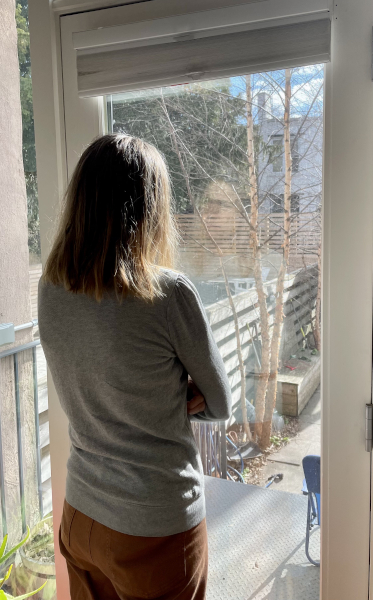
Could this pandemic actually save us? If we are forced to stop moving, if we sit still, and patiently watch, like Sylvain and Vincent, maybe what will save us will become visible. While we lie in our beds with sicknesses and quarantines, as we look for opportunity in an uncertain world, while we take our oxygen and offer it to others who need it, while we examine our morals and mandates, while we observe the other who walks on the opposite side of the street, as we notice Earth sending us signs, maybe we’ll see what’s been in front of us all this time. Maybe after we’ve utilized our patience and see the unseen, we will rise and move in a better direction.
“MOM! Mom! Where’s your wallet? Can I have money to go to the deli?”
“Patience helps you love the world,” says Sylvain.



